Glass fabricators, or glass cutting manufacturers, produce a wide range of glass types and glass products. These types of glass can be used for numerous purposes (such as protection, insulation, containment,) and for numerous types of products (such as optical and laboratory equipment). Since glass has varied strength as well as transparent and heat-resistant properties, it is a prominent material in manufacturing and other industries. Read More…
S & S Optical has been leaders as glass fabricators in a variety of industries and markets for over 50 years. We offer a variety of different glasses to fit all of your needs. Also, we have a multitude of capabilities and services to offer-polishing, grinding, edging and more. To learn how we can fabricate your parts contact us today for a quote. We care about customers and quality service.
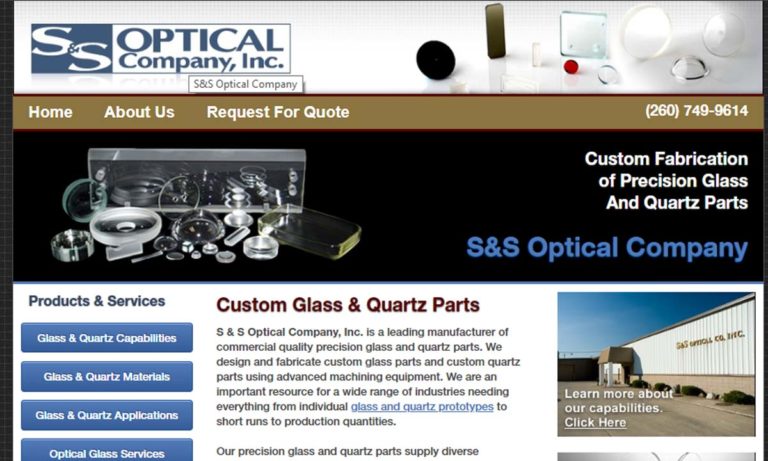
Glass cutting is a varied industry, and we have done it all for the past 50 years. We believe in manufacturing high quality glass products that will exceed customer expectations every time.
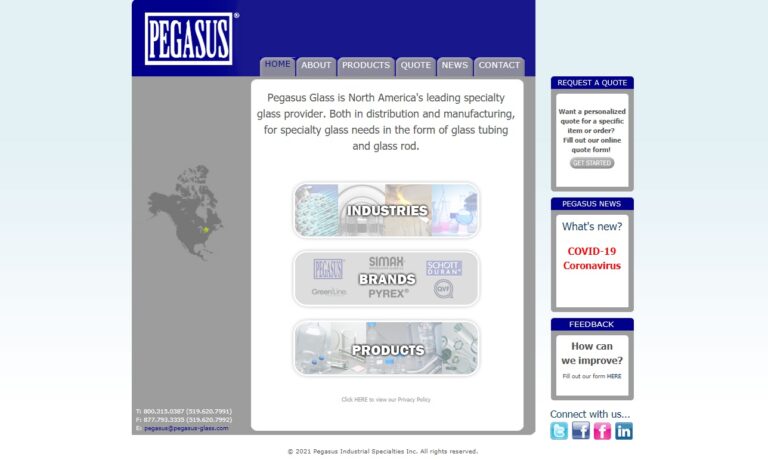
Founded in 1990, Technical Glass Products is a fabricator of Fused Quartz Glassware. We maintain a broad inventory of labware, flat stock, rod and tubes in addition to providing custom fabrication using state of the art equipment to suit your needs.
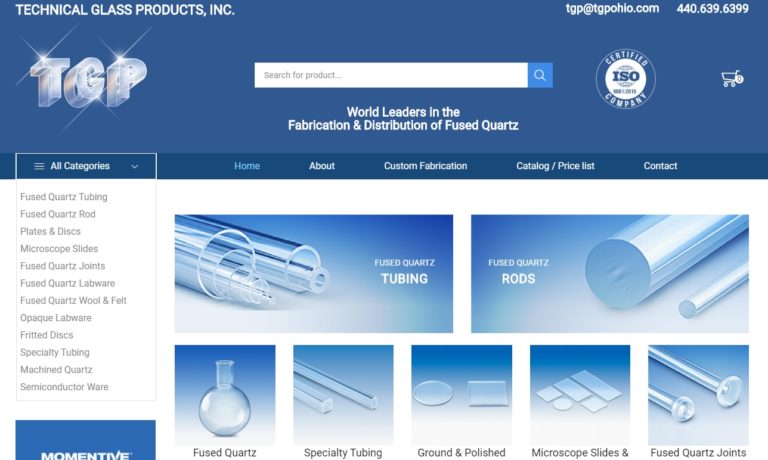
Coresix Precision Glass, Inc. is a fully integrated technical glass manufacturer specializing in high quality glass of all types. We are supported by a modern and fully integrated grinding department that can offer quality and cost effective manufacturing and fast delivery. Call us today for more information!

More Glass Fabrication Companies
Glass Characteristics and Material Properties
Glass possesses distinctive characteristics that distinguish it from metals, ceramics, and plastics. This inorganic and amorphous substance occupies a unique position, blending characteristics of both liquids and true solids. Internally, its atomic structure is disordered, akin to a liquid, preventing crystallization. Externally, however, it exhibits the rigid, brittle traits typical of solids.
Glass derives its distinctive properties from its fundamental chemical composition and the meticulous techniques used in its creation. Essentially, glass is a tailored blend of dry minerals subjected to precise heating and cooling processes to achieve its unique chemical structure. In the realm of glassmaking, this specific blend of dry materials is referred to as a “batch.” This batch typically comprises a former (the primary mineral component), flux (which aids in melting the glass), and stabilizers (which prevent the glass from dissolving once formed).
The primary component, or base, in glass production is usually silica. Sodium carbonate (soda ash) serves as a typical flux, while calcium oxide from limestone acts as a common stabilizer. Sodium carbonate facilitates the manipulation of silica by reducing its melting temperature from 4172°F to 2732°F, while calcium oxide enhances the durability of silica. It’s typical to blend pure sand with additional inorganic substances like magnesium oxide, gypsum, aluminum oxide, and dolomite at different stages of the glassmaking procedure (details to follow below).
What is Glass Fabrication?
Glass fabrication encompasses a sequence of procedures designed to mold, enhance, and refine glass properties. It begins with cutting, transforming large sheets or pieces of glass into specific shapes using either mechanical methods or precise laser cutting for intricate designs. Grinding follows to refine and shape glass edges or surfaces using abrasive tools, ensuring a polished appearance. Drilling utilizes diamond-coated bits to create precise holes in the glass without compromising its integrity, facilitating hardware installation or decorative applications.
Polishing transforms the glass, yielding a sleek, glossy, and crystal-clear surface while eliminating flaws and scratches. In contrast, tempering fortifies the glass through intense heat and rapid cooling, inducing surface compression that heightens its resilience against impacts and temperature fluctuations. This tempered glass, notably safer, finds widespread application in windows, doors, and safety glass panels. Finally, finishing encompasses diverse treatments like painting, coating, or incorporating decorative elements, enriching both the aesthetic appeal and functional versatility of glass in architectural and artistic contexts.
Edging is essential for ensuring safety by smoothing and shaping glass edges, especially when they are exposed. It eliminates sharp edges to reduce potential hazards. These processes each bring distinct benefits: cutting allows customization and minimizes waste, grinding achieves precise shaping and smoothness, drilling enables hole creation, polishing enhances transparency, tempering increases strength and safety, finishing offers versatility and creativity, and edging ensures safe handling and usability. Together, these fabrication techniques transform raw glass into both functional and visually pleasing products for diverse industries and applications.
History of Glass
The history of glass likely began with an accidental discovery, ironically enough. Formed from a blend of minerals that fuse uniquely under specific circumstances, glass occasionally forms spontaneously in nature. Natural events like volcanic eruptions and lightning strikes can inadvertently create glass as a secondary outcome. Throughout history, civilizations such as Phoenician sailors and Mesopotamian artisans are believed to have stumbled upon glass, often by unwittingly recreating these natural conditions—such as intense fires in sandy locales.
Since ancient times, glass has adorned objects like beads and stones for decorative purposes. Egypt pioneered dedicated glass industries, crafting items such as amulets and vessels. By the first century BC, Phoenicians mastered glass-blowing, a closely guarded skill that slowly disseminated across the ancient world. Romans by the first century AD utilized glass windows in significant structures. The necessity for food preservation further propelled the adoption and proliferation of glass containers in antiquity.
Throughout history, the glass industry has seen periods of flourishing followed by decline. After a quiet spell, glassmaking was revived in northern Italy around the fourteenth century. Surprisingly, one of the earliest industries in the English colony of Jamestown, established in 1608/1609, was glassmaking. However, this venture faded away for almost a century until Casper Wister established the first enduring glass plant in the US in 1739. Despite this, many glass operations remained transient. The introduction of pressing techniques in the 1820s significantly bolstered the glassmaking industry.
Modern technology has introduced a variety of new materials over time, such as plastic, yet glass remains profoundly significant in contemporary society. Some of its common applications today, like cookware, are relatively recent innovations. Over the past five decades, there have been notable advancements in the durability, safety, and functional capabilities of glass. Techniques like laminating, tempering, and float fabrication have expanded our understanding of what glass can achieve. Presently, manufacturers can produce glass that is fireproof, bulletproof, and can even replace or enhance materials traditionally made from ceramic or metal. Further innovations include one-way, non-reflective, UV-resistant, and heat-resistant glass.
How Glass is Made
The batch, a dry mineral mixture essential for forming glass, follows a defined sequence of steps. Glass formation begins with heating the batch in a furnace, reaching temperatures as high as 2400 degrees Fahrenheit. Crucially, the batch must contain precise proportions of flux and stabilizer; otherwise, it risks becoming crizzled or chemically unstable, resulting in fragile or cracked glass by the end of the process. As the heating progresses, the dry materials undergo a transformation into molten glass.
Glass offers significant advantages due to its extensive customizability, which begins early in the glassmaking process with the addition of various metallic elements to the batch. These elements serve to enhance specific characteristics such as color and strength. For instance, iron introduces a green hue, copper imparts a light blue tint, gold enriches with deep red tones, and cobalt adds a dark blue shade. Manganese dioxide stands out by not only potentially coloring glass purple or black but also by its unique capability to neutralize or remove existing colors from tinted glass compositions.
After melting the batch, it can be shaped through pressing, molding, or blowing techniques to create specific glass products. For instance, shaping molten glass drops into molds forms glass blocks, which then cool under controlled conditions. Following this, the glass typically undergoes annealing, a process detailed later, to eliminate any potential weaknesses.
Glass blowing techniques can be categorized into two main types. The first, hand-blowing, demands an exceptional level of precision and skill, typically employed for crafting high-end decorative pieces. Despite its artistry, hand-blowing is less cost-effective compared to methods such as molding or float fabrication, prompting many manufacturers to opt for automated glass blowing instead. In automated glass blowing, manufacturers can shape glass containers and bottles through processes involving blowing, molding, and forming at temperatures exceeding 1800°F.
The float process is a primary technique in glassmaking, crucial for creating flat glass, the fundamental form of sheet glass. During this process, molten glass flows from a furnace onto a molten tin bath. Because glass is less dense than tin, it floats on the surface, gradually taking on a uniform thickness determined by the speed at which it’s drawn from the bath onto rollers.
After the glass has been formed, the crucial final step involves cooling, also known as annealing. This process is meticulously regulated to minimize internal stresses and guarantee the structural durability of the glass. In the case of hand-blown glass, annealing typically occurs inside a specialized oven. Alternatively, for glass panels, cooling happens gradually on a conveyor belt after they are moved from the bath. Once the glass has completed this cooling and annealing process, it achieves its final form as flat glass.
Annealed flat glass undergoes additional treatment to produce enhanced versions. When reheated and rapidly cooled, it becomes heat strengthened or semi-tempered glass, doubling the strength of normal annealed glass. If the process involves even quicker cooling with compressed air, it transforms into tempered or toughened glass. Both semi-tempered and tempered glass can be laminated into a two-sheet form held together by materials like polyvinyl butyral (PVB) resin.
Manufacturers employ various methods of glass cutting for different glass functions. Cutting, a crucial stage in glassmaking, prepares the glass for its intended use. At this stage, the primary tool is the glass cutter, used to score annealed glass for division into pieces. One advanced cutting method is waterjet cutting, where an abrasive mixed with high-pressure water efficiently cuts glass while minimizing environmental impact. Waterjet machines can have stationary or mobile nozzles, achieving cutting speeds up to three times the speed of sound. Common abrasives used include olivine, garnet, and conundrum.
Types of Glass
Glass is generally classified and labeled based on the materials from which they are formed. Among the extensive variety of glass types, most can be grouped into five fundamental chemical categories.
Fused silica, fused quartz, or quartz glass represents the epitome of glass purity. Despite its resemblance to ordinary glass, it is composed entirely of non-crystalline silicon dioxide. Quartz stands out as exceptionally heat-resistant and transparent to UV rays. Its production complexity contributes to its high cost. In contrast, soda-lime glass, comprising silica, soda ash, and lime, is a more economical option. This common glass type finds widespread use in everyday items like windows and glass containers due to its cost-effectiveness.
Lead glass, commonly referred to as crystal or lead crystal, is essentially glass infused with a significant amount of lead. This addition of lead enhances its brilliance and gives it a substantial weight.
Borosilicate glass, often referred to as Pyrex, contains a minimum of 5% boron or boric oxide. It stands out for its exceptional durability, resistance to shattering, and ability to withstand high temperatures, despite being more expensive. Widely utilized in kitchenware and scientific laboratories, this glass type is renowned for its reliability. Ninety-six percent silica glass, a refinement of borosilicate glass, removes all non-silicate elements through additional processing.
Aluminosilicate glass, distinguished by its aluminum oxide content, shares similarities with borosilicate glass. However, it surpasses borosilicate in durability and its capacity to endure higher temperatures, despite being more challenging to produce.
Glass can manifest in numerous forms and sub-forms. Low iron glass, also referred to as water clear glass or starphire glass, distinguishes itself from standard float glass primarily through its exceptional clarity, especially noticeable along the edges. Wire glass incorporates embedded wire mesh for reinforcement, whereas fiberglass consists of fine glass threads woven into a composite matrix with materials like plastic.
Advantages of Glass
Glass is a very common but very valuable material for many related sets of reasons.
- Glass, despite its lightness in specific uses, possesses inherent strength. Fragility primarily stems from surface imperfections, which can be countered through tempering techniques.
- Glass possesses remarkable resilience against diverse external forces, including abrasion, most chemicals, extreme temperatures, and electric currents. These multifaceted resistances render it invaluable across various industries.
- Glass possesses unique qualities in relation to natural phenomena. It excels at efficiently absorbing heat and adeptly transmitting light with precision.
- While naturally resilient and durable, glass possesses a remarkable capacity for customization, allowing it to be intricately carved and shaped for aesthetic purposes akin to precious gemstones.
- Glass typically demands minimal maintenance and storage requirements.
- Glass, abundantly accessible, offers complete recyclability.
Applications of Glass Products
Glass products span a diverse array of consumer, industrial, and commercial uses. They are utilized in various forms such as household containers for beverages and storage, optical equipment in medical and laboratory settings, electronic devices, and ornamental architectural features.
In various industries such as optics, construction, and automotive, glass serves crucial roles. For instance, sight glass—tubular or lens-shaped optical glasses—are indispensable in manufacturing for precise liquid level observation. Float glass is pivotal for housing applications, relied upon by solar panel manufacturers, interior decorators, and window framers alike. In automotive engineering, glass is essential for windows, windscreens, and other components. Strengthened and shatter-resistant laminated and tempered glass finds extensive use in automotive windshields and building windows. In the production of automotive windows and safety glass, precision is paramount. The glass undergoes meticulous processes of tempering, coating, and lamination. These steps ensure that if the glass shatters, it breaks into small, rounded pieces rather than sharp shards, enhancing safety. For applications requiring robustness, such as fire-resistant housing windows, wire glass may be used instead of conventional tempered glass.
Borosilicate glass is renowned for its versatility in crafting both kitchen cookware and laboratory glassware. It finds frequent application in the production of glass test tubes, laboratory beakers, and optical lenses. In contrast, aluminosilicate glass is favored for electronic resistors following a conductive film coating.
Throughout history, the allure of glass has been deeply intertwined with aesthetics and beauty. Evidence from ancient times reveals its prominent role, seen notably in female burials worldwide adorned with glass mirrors. Over the ages, both women and men have cherished glass for adorning wedding ceremonies and enhancing dining settings. Today, glass continues to be prized not only for its practical utility but also for its enduring appeal in artistic and decorative contexts.
Various factors, including thickness, shape, and heat resistance, need careful consideration at different levels to achieve optimal performance across various applications. For instance, when designing lenses for telescopes and microscopes, the thickness and curvature of the glass must be meticulously analyzed.
Care for Glass Products
Glass, while robust and long-lasting, requires careful handling and maintenance. Without proper care, its effectiveness in various applications can diminish over time.
Although glass is often seen as delicate due to surface flaws, it’s generally a robust material. Nonetheless, it’s crucial to consider the unseen impacts of mechanical shocks. Continuous or intense interactions with other objects can lead to the buildup of minor defects, making the glass more vulnerable to external pressures.
Similarly, glass needs safeguarding against sudden shifts in temperature, known as thermal shock. While glass is typically engineered to handle severe temperatures, rapid transitions between hot and cold can jeopardize its integrity, much like physical impacts. To prevent damage, glass should gradually acclimate to temperature changes. For instance, ensure that glassware is at room temperature before pouring in beverages at extreme temperatures, like hot coffee or iced tea.
It’s important to maintain the cleanliness of glass and ensure it is stored in a pristine environment. While glass is inherently tough against scratches and corrosion, the coatings or glazes that it frequently features are not as resilient. Therefore, using harsh, abrasive cleaners on glass or keeping it in environments where corrosive substances are present, like near plaster or building runoff, should be avoided to preserve its integrity.
Considerations Regarding Glass Manufacturers and Suppliers
When choosing a glass fabricator, consider the array of services they offer, including custom molding, precise cutting, detailed etching, and contract glazing. It’s worthwhile to invest time in selecting a renowned and trustworthy manufacturer and supplier. A provider that offers comprehensive services will ensure you receive the finest glass products tailored to your specific needs. Some factors to consider when looking for a glass supplier are:
- Level of accreditation. Certified glass suppliers uphold the rigorous standards set forth by esteemed professional bodies, like the Glass Association of North America (GANA), which offers an extensive range of guidelines for the industry.
- Sustainability practices. Glassmaking, while less taxing on the environment compared to some industries, still benefits from adopting sustainability practices. Incorporating recycled glass, known as cullet, at the start of the glassmaking process not only aids in melting the batch more efficiently but also significantly cuts down on carbon dioxide emissions during production.
- Level of commitment to customer satisfaction. Manufacturers and suppliers known for their exceptional quality and customer service often provide perks like limited lifetime warranties, comprehensive consulting, and extensive sampling services, among others.
- Logistical abilities. Depending on what you need, the kinds and quantities of glass required might dictate unique transportation methods. Explore the various transport options a supplier offers and assess their reliability in adhering to shipping and production schedules.
Choosing the Right Glass Fabricator
To optimize your selection of a glass fabricator, utilize our comprehensive directory. Here, you’ll find detailed profiles for each fabricator, showcasing their expertise and what they can offer. Engage directly using the provided contact forms to gather more information or obtain quotes. Our unique website preview tool allows you to swiftly explore what each fabricator specializes in. For added convenience, fill out a single RFQ (Request for Quote) form to reach out to multiple fabricators simultaneously.

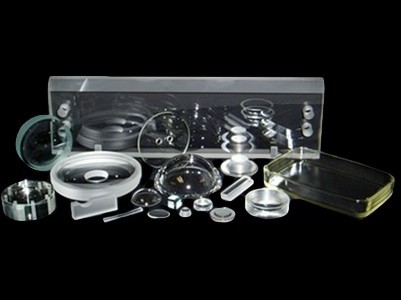
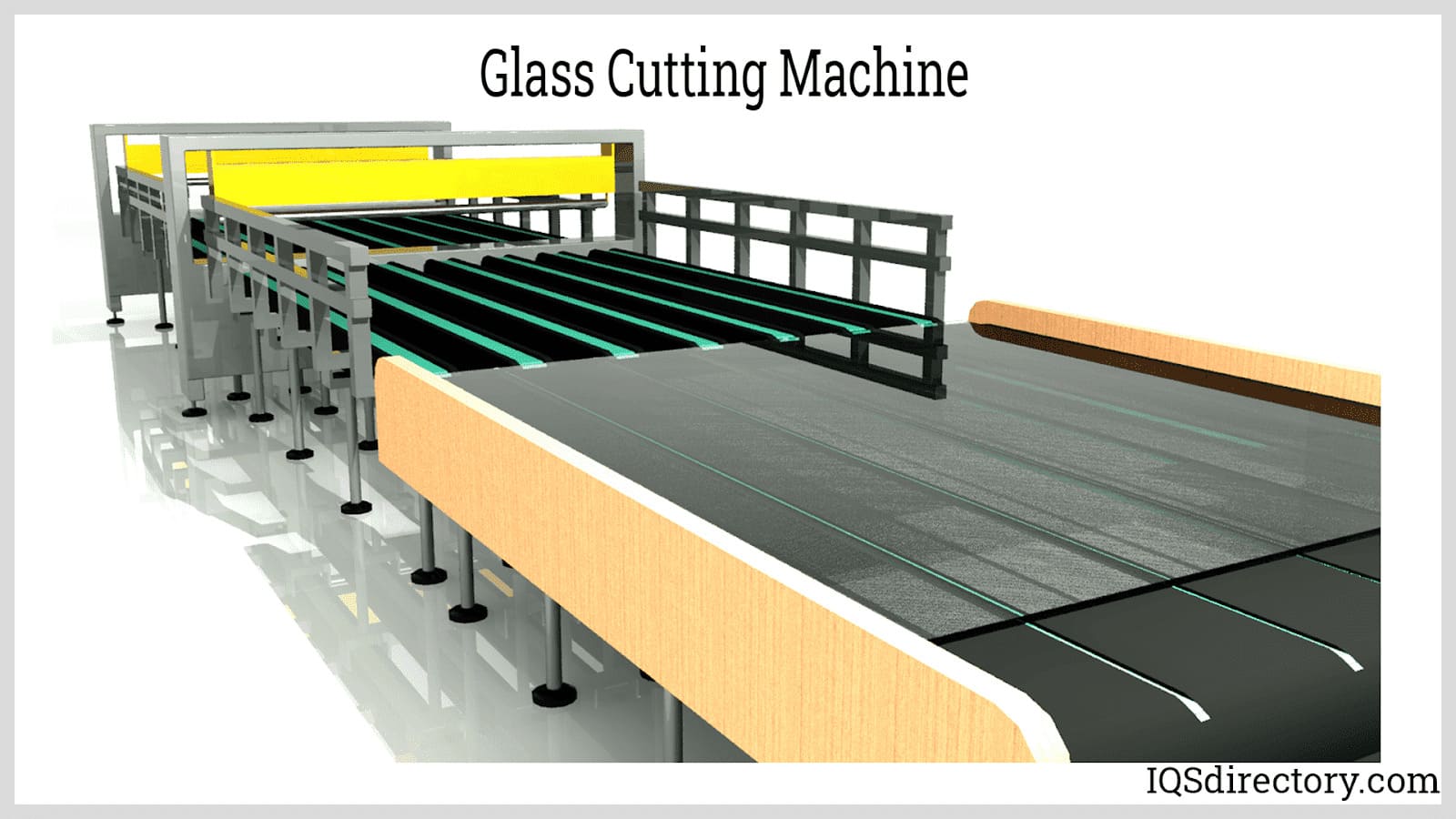
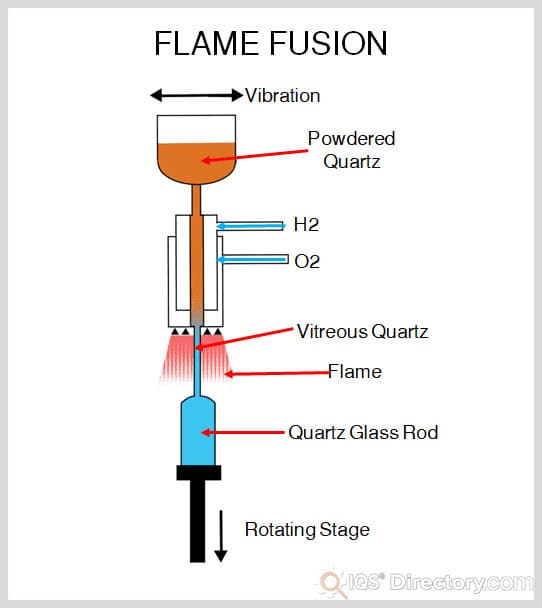
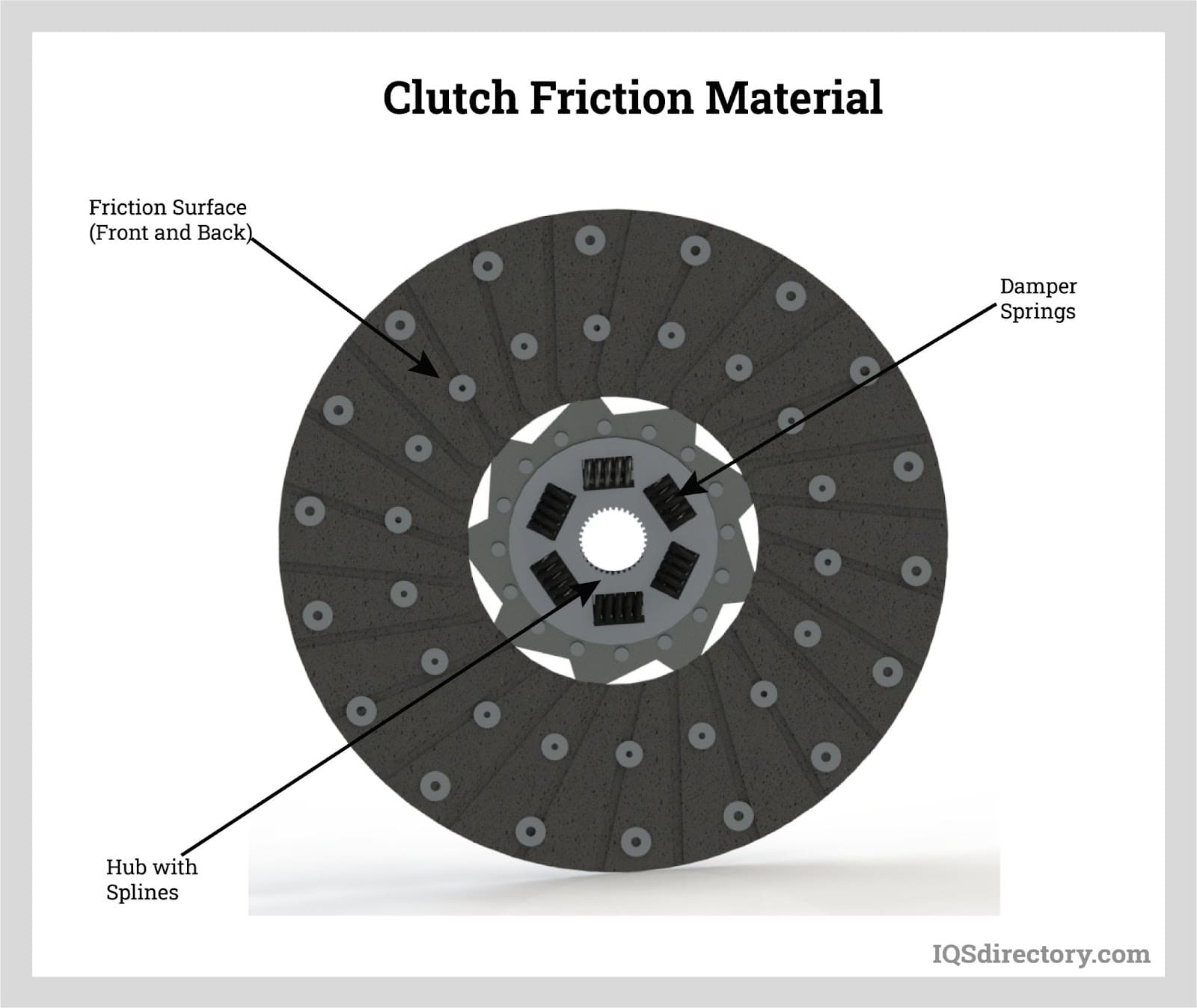
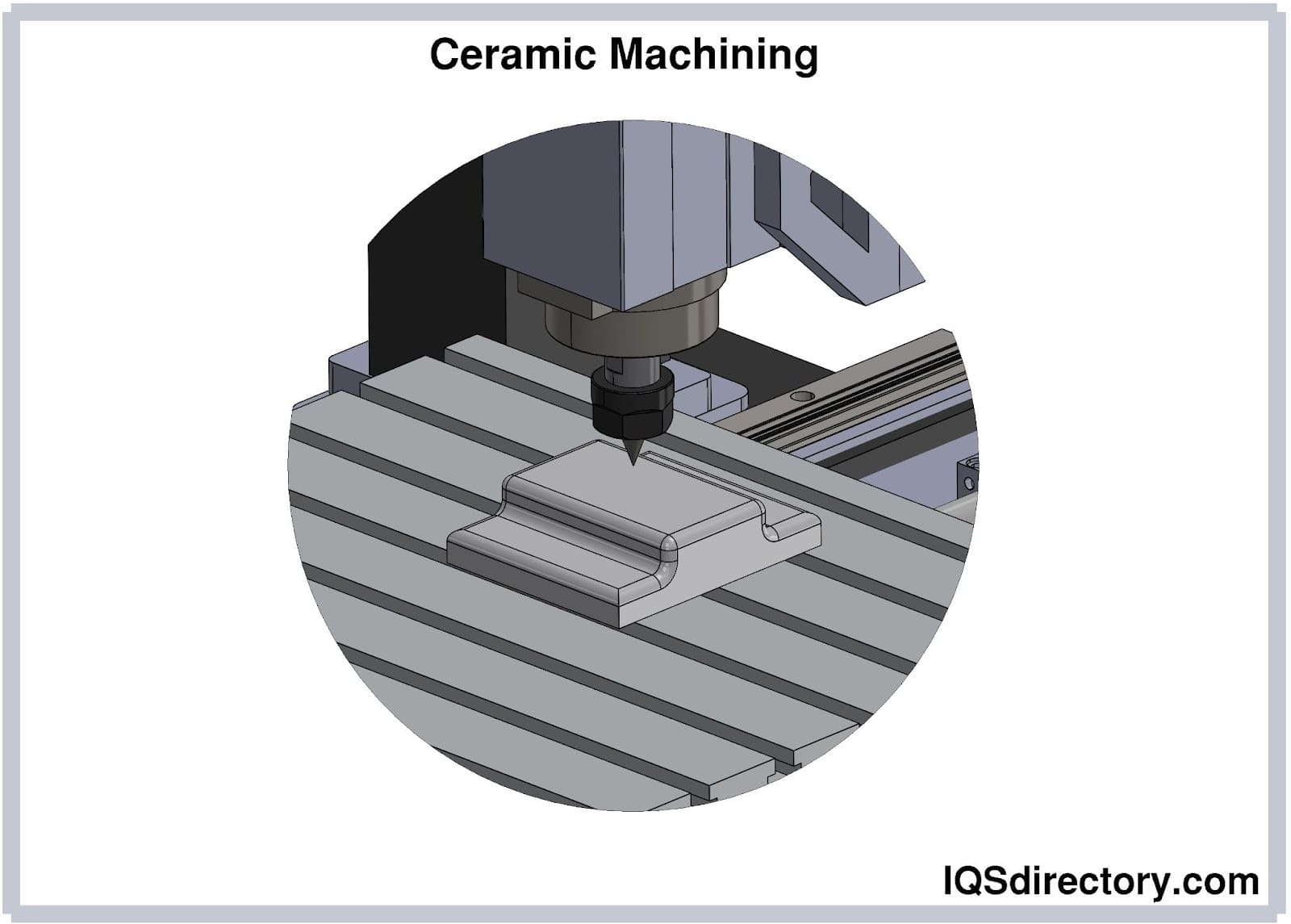
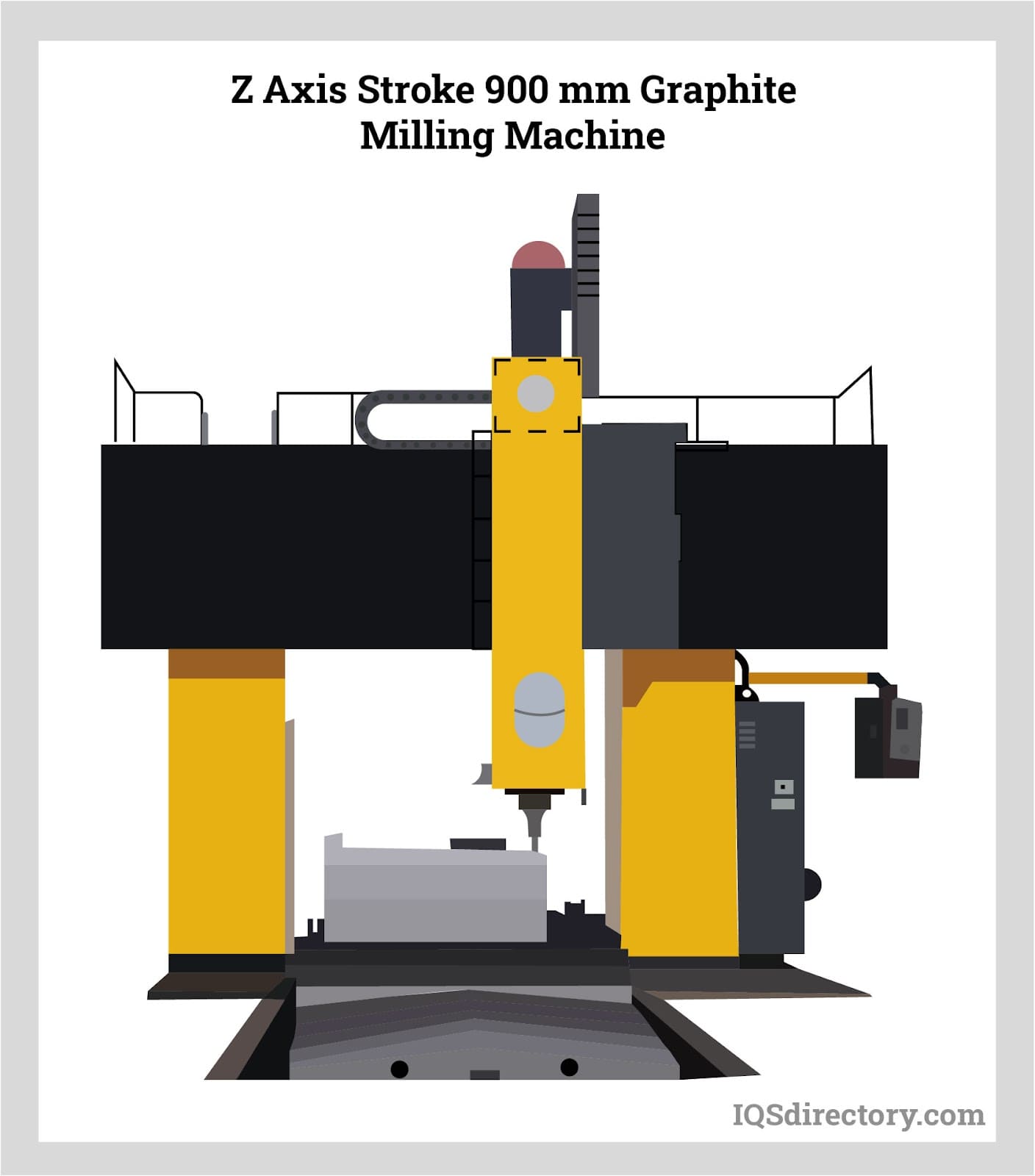
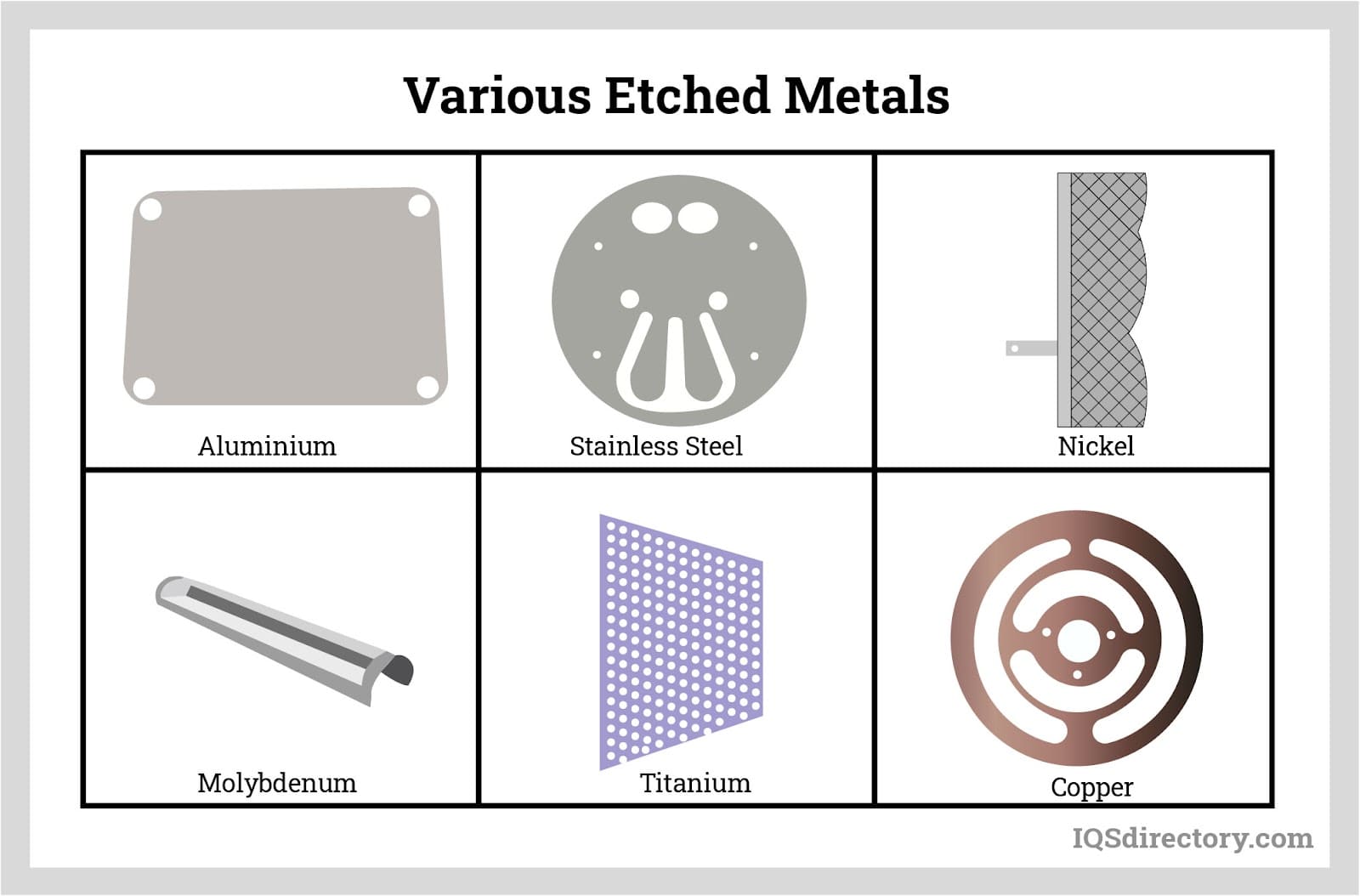
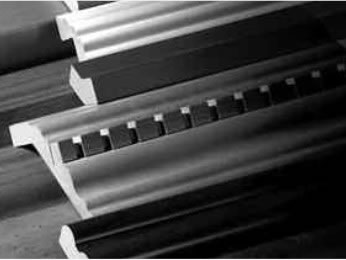 Adhesives
Adhesives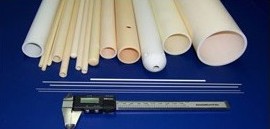 Alumina Ceramic
Alumina Ceramic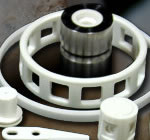 Ceramic
Ceramic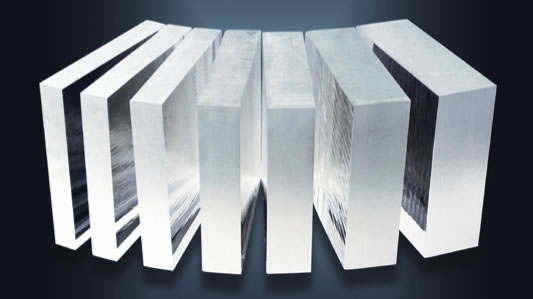 Glass
Glass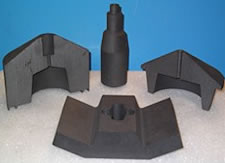 Graphite
Graphite Lubricants
Lubricants Castings & Forgings
Castings & Forgings Bulk Material Handling
Bulk Material Handling Electrical & Electronic Components
Electrical & Electronic Components Flow Instrumentation
Flow Instrumentation Hardware
Hardware Material Handling Equipment
Material Handling Equipment Metal Cutting Services
Metal Cutting Services Metal Forming Services
Metal Forming Services Metal Suppliers
Metal Suppliers Motion Control Products
Motion Control Products Plant & Facility Equipment
Plant & Facility Equipment Plant & Facility Supplies
Plant & Facility Supplies Plastic Molding Processes
Plastic Molding Processes Pumps & Valves
Pumps & Valves Recycling Equipment
Recycling Equipment Rubber Products & Services
Rubber Products & Services